In a bold and fiery display of activism, thousands of young Nepalis stormed the streets of Kathmandu this Monday, protesting the government’s sudden ban on 26 popular social media platforms. The demonstrations, spearheaded by the nation’s tech-savvy Generation Z, quickly escalated into violent clashes with security forces, leaving at least 14 dead and more than 42 injured. This protest is more than just a reaction to a blackout; it’s a cry for systemic change in Nepal, a nation struggling with deep-rooted corruption and political unrest.
Why Kathmandu Erupted in Protest
The protests began early Monday morning as crowds assembled at Maitighar Mandala, a popular protest site in Kathmandu. By 9 a.m., the streets were fill with placards, slogans, and chants demanding an end to the government’s “digital chokehold.” Many signs read, “Shut down corruption, not social media” and “Youths against corruption.” The rally was organized Hami Nepal, a prominent activist group that had receive official permission to protest, according to the Kathmandu District Administration Office.
How the Social Media Blackout Began
The uproar stems from the government’s order to block 26 popular platforms, including Facebook, Instagram, X (formerly Twitter), YouTube, LinkedIn, WhatsApp, and Reddit. Officials cited failure to comply with local registration requirements as the reason for the blackout. While platforms like TikTok, Viber, and Wetalk registered successfully, global tech giants have yet to comply. Authorities argue that this move is necessary to regulate content and safeguard users, but citizens view it as an authoritarian overreach.
The Rising Power of Gen Z in Nepal
Nepal’s Gen Z is making headlines for its willingness to challenge traditional power structures. With hashtags like #NepoKid and #NepoBabies trending online, young citizens are openly criticizing politicians and the lavish lifestyles of their children. Many see the blackout as an attempt to suppress voices that have been gaining momentum online. As one protester, 24-year-old student Yujan Rajbhandari, put it, “This isn’t just about social media. We’re done tolerating corruption that has institutionalize in this country.”
Police Crackdown Turns Deadly
The peaceful protest quickly turned violent when demonstrators breached security barricades near the Parliament complex in New Baneshwar. Videos that have gone viral show police deploying tear gas, water cannons, and even live ammunition to disperse crowds. Hospitals in Kathmandu, including Civil Hospital and Everest Hospital, are currently overwhelmed with the injure. Activists have set up makeshift first-aid camps, showing the resilience of a generation unwilling to back down.
Curfew Imposed Across Kathmandu
Authorities responded to the unrest by imposing strict curfews across major areas of Kathmandu, including the Prime Minister’s residence in Baluwatar, the President’s residence in Shital Niwas, and Singha Durbar—the seat of government. Chief District Officer Chhabilal Rijal announced the curfew under Section 6 of the Local Administration Act, banning all movement, gatherings, or protests in key government zones.
Why the Government Says Platforms Were Bann
According to officials, the decision to block platforms stems from a September 2024 Supreme Court ruling mandating stricter oversight of unregistered social media and OTT platforms. Companies are now required to register with the Ministry of Communications, appoint a grievance-handling officer, designate a compliance officer,
and establish a local contact point. The government maintains that access will restore once companies comply,
but critics argue that the move was rushed and heavy-hand.
Global Context: Nepal Joins the Trend of Tech Regulation
Nepal’s crackdown mirrors a global trend. Countries like India, Brazil, the EU, and even the United States are tightening oversight of social media giants amid growing concerns over misinformation, privacy breaches, and online safety. However, Nepal’s blanket ban has drawn criticism for being one of the harshest responses to date, particularly because it restricts access to platforms vital for communication, business, and education.
Protesters’ Voices: A Generation Demanding Change
The protests are about more than just connectivity—they’re about empowerment. Twenty-year-old student Ikshama Tumrok described the move as reflecting an “authoritarian attitude,” adding, “We want change. This ends with our generation.” Protester Bhumika Bharati echoed these sentiments, saying, “They’re scare of what might happen if people organize like they’ve done abroad.”
TikTok: The Lone Survivor of the Ban
Ironically, TikTok remains one of the few major platforms still operational in Nepal, fueling viral videos showcasing stark contrasts between politicians’ wealth and citizens’ struggles. These clips have helped mobilize more protesters,
proving that even in a blackout, social media remains a powerful tool.
What’s Next for Nepal?
As curfews continue and protests spread beyond Kathmandu to other cities, the government faces growing pressure to reverse the bans. International human rights groups are watching closely, and local businesses dependent on these platforms are calling for immediate action. For now,
Nepal stands at a crossroads: will the government listen to its youth or double down on control?
Read More: Exploring the Content Library of Kisscartoon – What You Can Find
Conclusion
The protests in Nepal highlight a generational shift, with young citizens rising against corruption, censorship, and authoritarianism. What started as a reaction to a social media ban has evolved into a movement demanding systemic change. As the world watches,
Nepal’s future hinges on how its leaders respond to a generation unwilling to silence.









